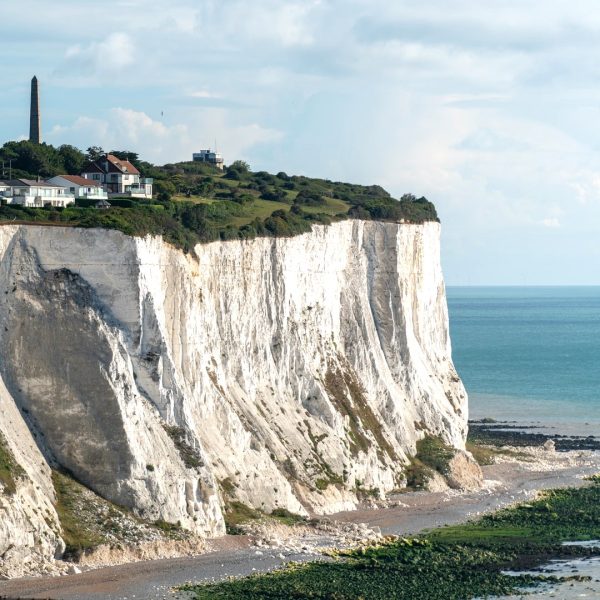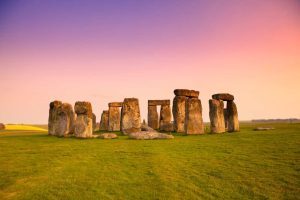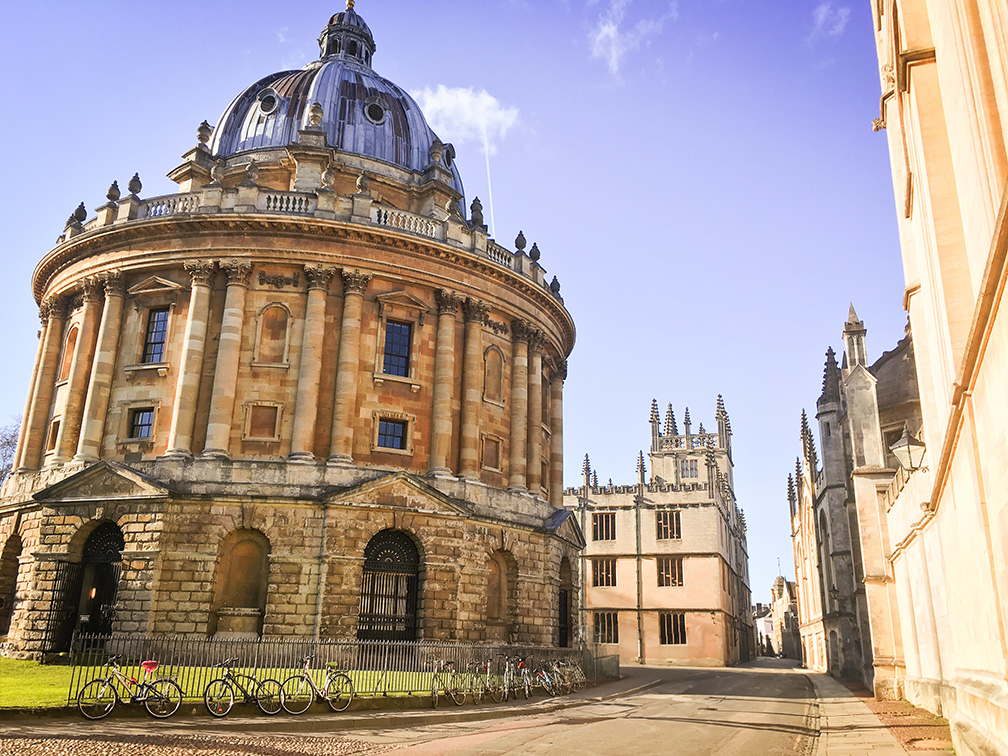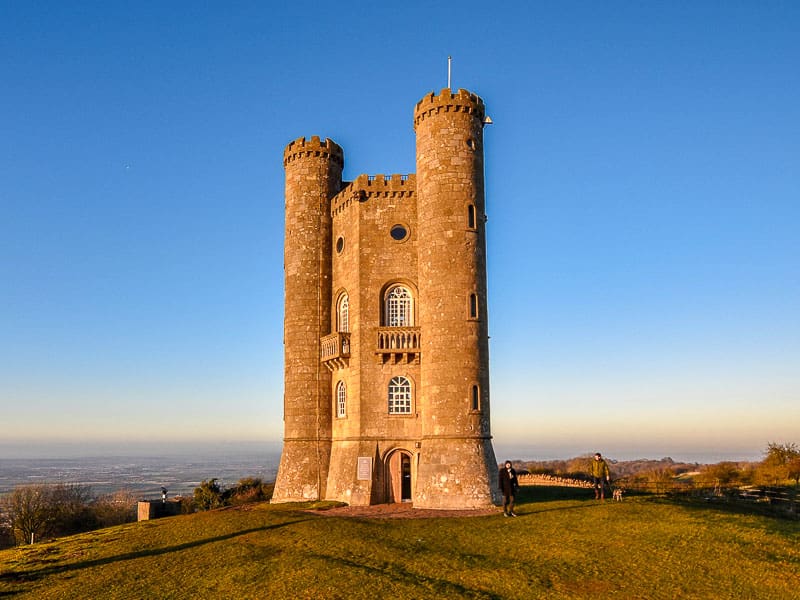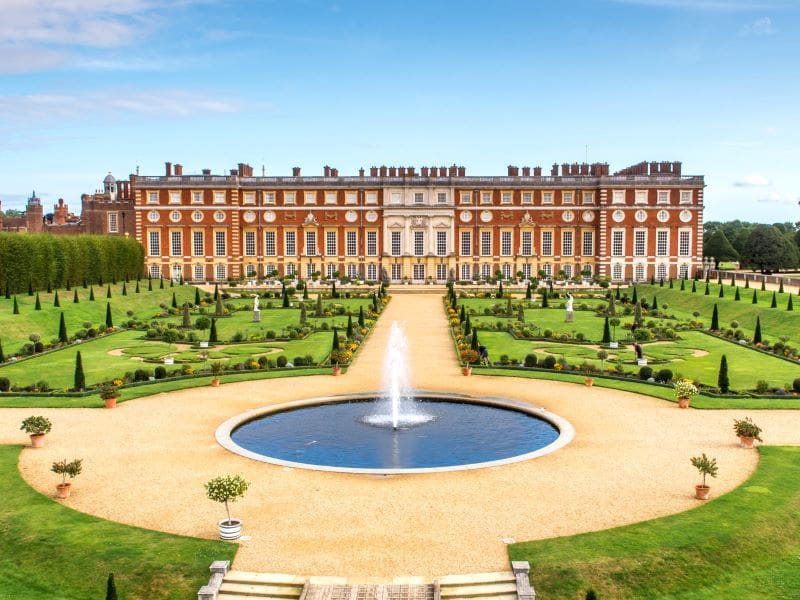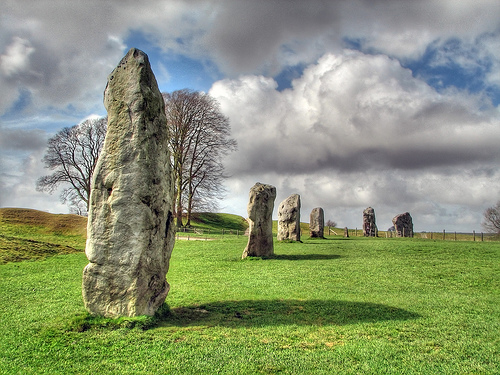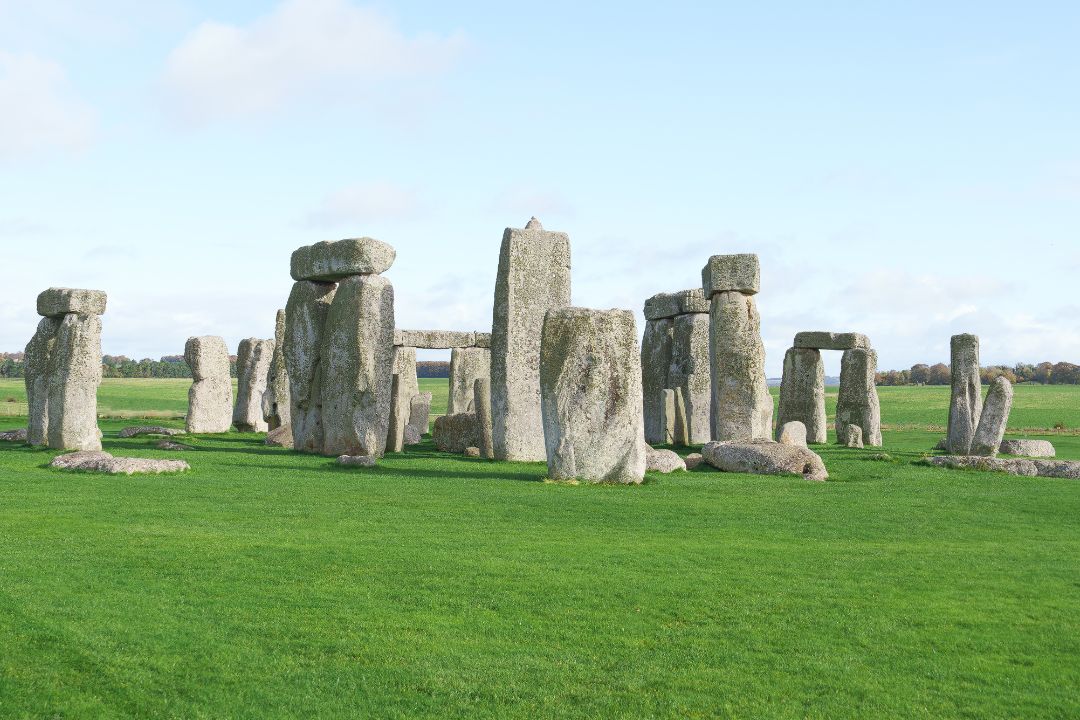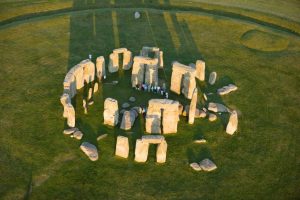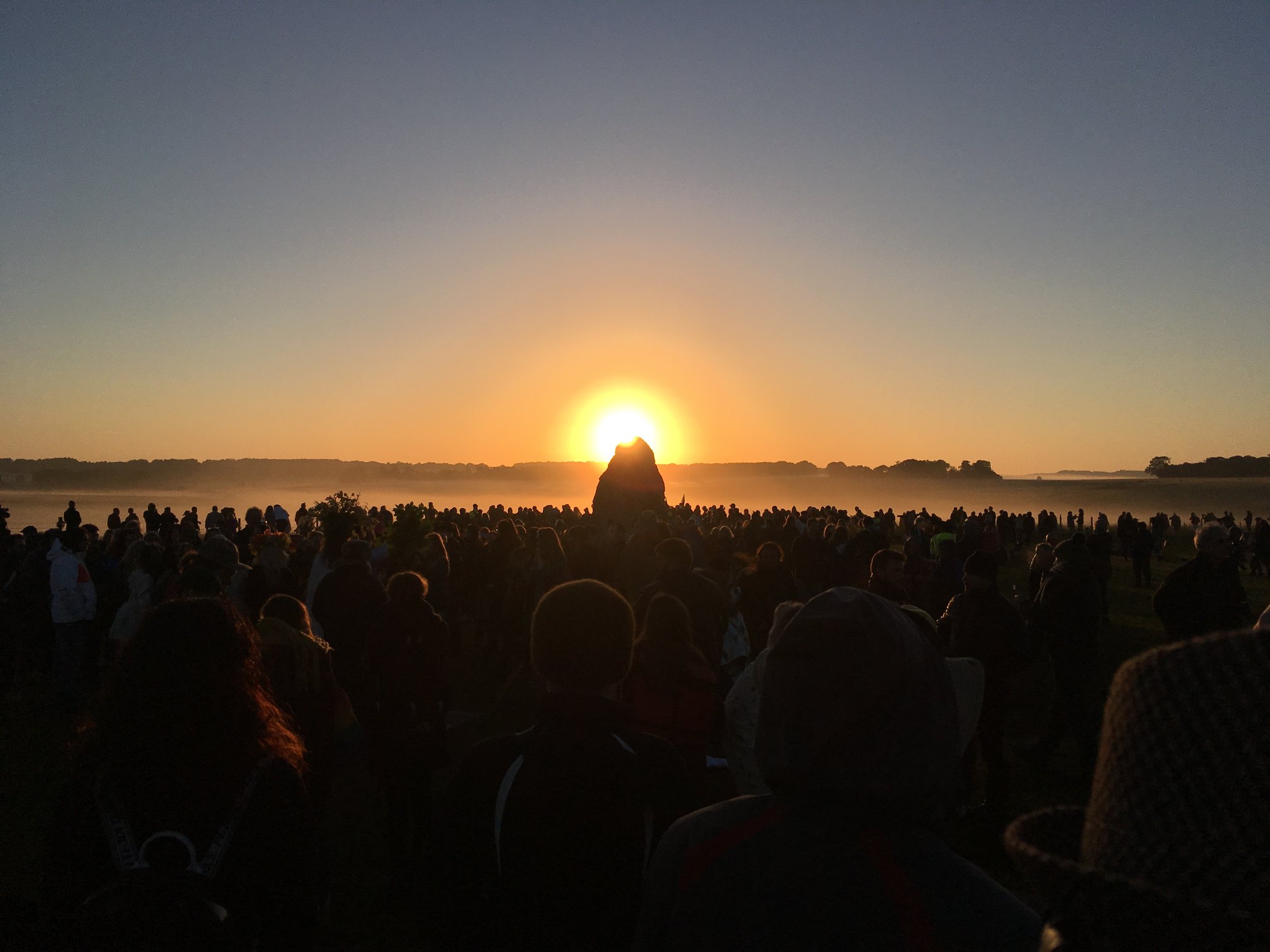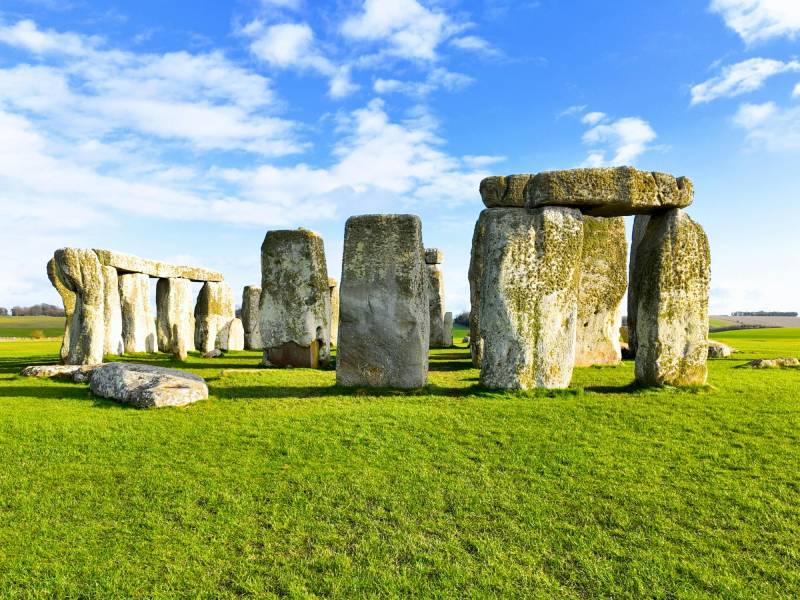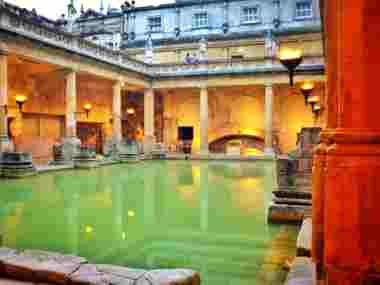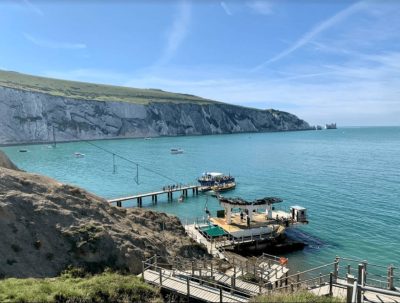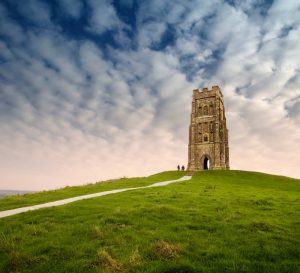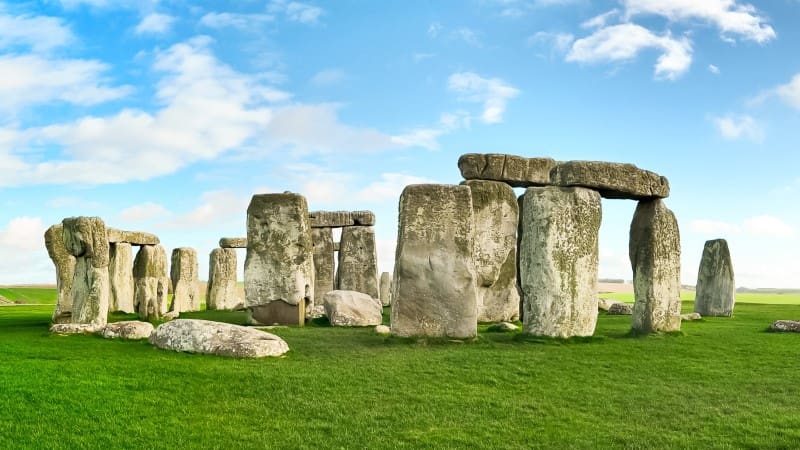Weird Things To Know Before You Visit Stonehenge - Summary
The Stonehenge monument in Wiltshire is marked with a strange history. The popular sight has unknown builders, an uncertain purpose, with its stones coming from afar! It strangely has astronomical alignments and acoustic properties. Visit the weird but tourist favourite on our Stonehenge and Bath Day Tour from London and find out if the strange facts match up with what you read below!
The Popular Stonehenge
Stonehenge, the prehistoric monument located in Wiltshire, England, has long been a subject of fascination and speculation.
This iconic structure, consisting of a ring of standing stones, each around 13 feet high and weighing nearly 25 tons, has puzzled historians, archaeologists, and tourists alike.While there are many theories about its origin, purpose, and construction, the monument remains shrouded in mystery.
Here are seven of the weirdest things about Stonehenge that continue to baffle experts and captivate the imagination of people worldwide. Don’t forget to subscribe for weekly updates and discount codes to travel with us!
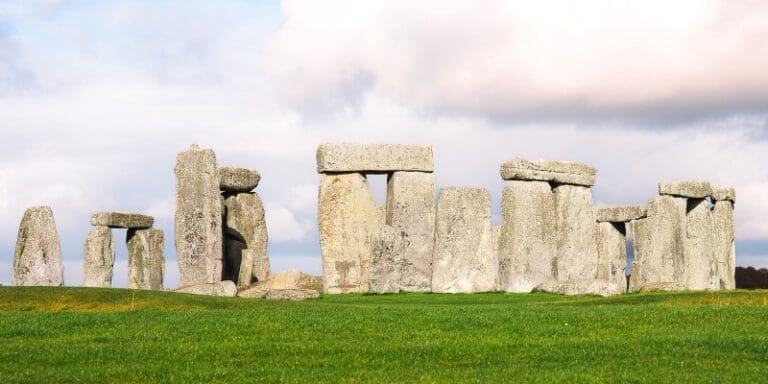
Weirdest Things About Stonehenge
1. Unknown Builders of the Henge
One of the most perplexing aspects of Stonehenge is that we still don’t know who built it. While it’s generally accepted that the monument was erected sometime between 3000 and 2000 BCE, the identity of its builders remains a mystery. Some theories suggest that it was the work of a Druidic cult, while others propose that it was built by extraterrestrials. The most plausible explanation is that it was constructed by a Neolithic community, but definitive evidence is lacking.
2. Uncertain Purpose
What was Stonehenge used for? Theories abound, ranging from the plausible to the downright bizarre. Some scholars believe it was a religious or ceremonial site, while others think it might have been an astronomical observatory. There are even theories suggesting that it was a healing centre or a sound chamber for ancient rituals. Despite extensive research, the monument’s true purpose remains elusive.
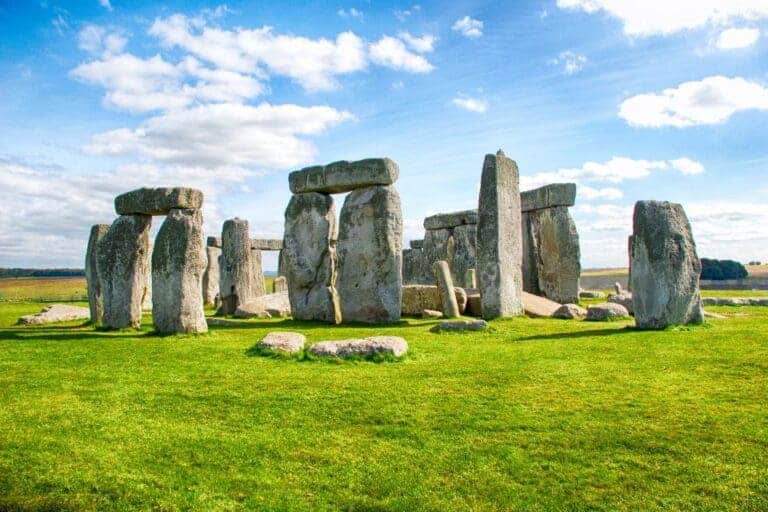
Stonehenge and Bath Guided Day Tour from London
From London, go to a pre-historic Stonehenge trip to see the standing stones. Then go from Stonehenge to Bath to explore the city of Bath and the Roman Baths (optional). You may also explore the Royal Crescent in your free time.
3. The Sarsen Stones' Origin
The massive sarsen stones that make up the primary structure of Stonehenge are another enigma. These stones, weighing up to 50 tons each, are believed to have been transported from the Marlborough Downs, about 20 miles away. How a Neolithic community managed to move these gigantic stones without the aid of modern machinery is a question that has puzzled experts for years.
4. The Bluestones
Adding to the mystery are the smaller “bluestones,” which weigh between 2 to 5 tons each. These stones are believed to have been sourced from the Preseli Hills in Wales, nearly 150 miles away from the Stonehenge site. The logistical feat of transporting these stones such a long distance, possibly by water and then over land, is mind-boggling, especially considering the tools available during that era.
As of August 2024, it is now public knowledge that not all Stones, specifically in the inner section of Stonehenge, were from Wales. Welsh PhD student Anthony Clarke discovered in his research that the Altar Stone came from what we now call Scotland! That’s 434 miles, coming from as far north as Scotland. This has led to a new turn in what we believe and understand about communities within the prehistoric age. Perhaps, the local communities we believed to have assumed had long-ranged connections!
5. Astronomical Alignments of Stonehenge
Stonehenge’s layout seems to incorporate astronomical alignments. The most famous of these is the alignment of the Heel Stone with the rising sun during the summer solstice, which suggests a possible calendrical function. However, the precision and intent behind these alignments are still subjects of debate among researchers.
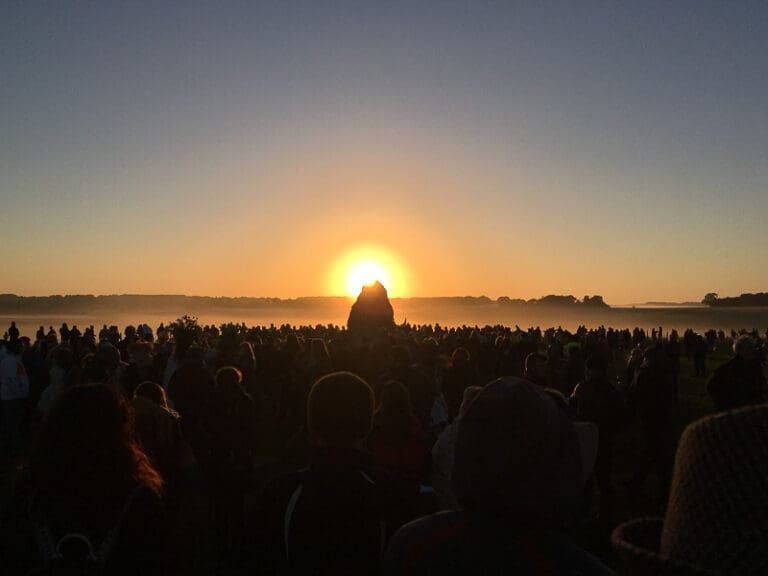
6. Acoustic Properties
Recent studies have revealed that Stonehenge has unusual acoustic properties. Some researchers believe that the stones were deliberately placed to create a sound chamber, which could amplify voices or musical instruments. This has led to speculation that the site might have been used for rituals involving sound, although this theory is still under investigation.
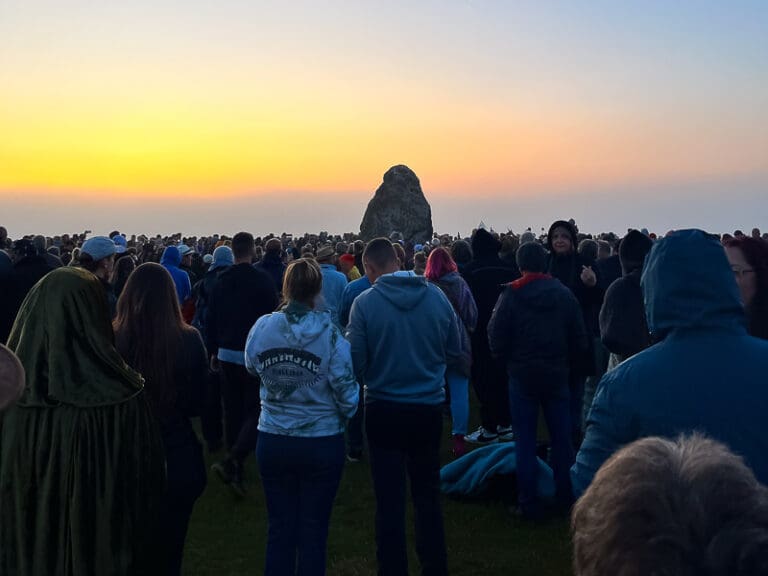
7. Cultural Impact
Stonehenge has had a significant cultural impact, inspiring everything from literature and music to conspiracy theories and pop culture references. Its mysterious origins and unknown purpose make it a fertile ground for imagination and speculation. It has been featured in movies, books, and even video games, often portrayed as a portal to other dimensions or as a source of mystical power.
Stonehenge remains one of the most enigmatic and fascinating monuments in the world. Its unknown builders, uncertain purpose, mysterious stones, and other peculiar characteristics make it a subject of ongoing research and debate. As technology advances, we may come closer to unravelling some of its mysteries, but for now, Stonehenge continues to captivate and bewilder, making it a must-visit for anyone intrigued by the unknown.
Day trips from London & Private Group Tours
Join us on popular day trips from London and ditch the travel planning to focus on attractions you want to see. Learn about our Private Group Tours also!
Subscribe!
Get regular updates and discount codes to share with travel mates.


